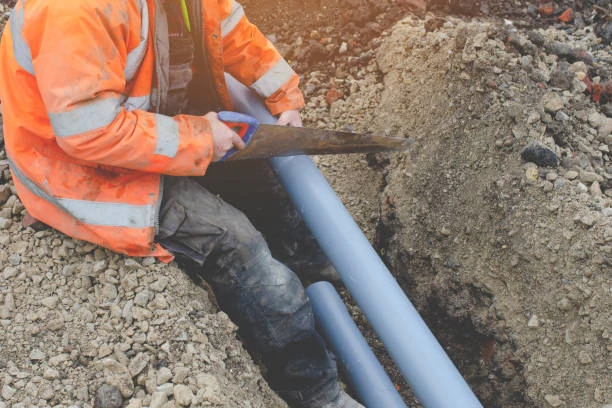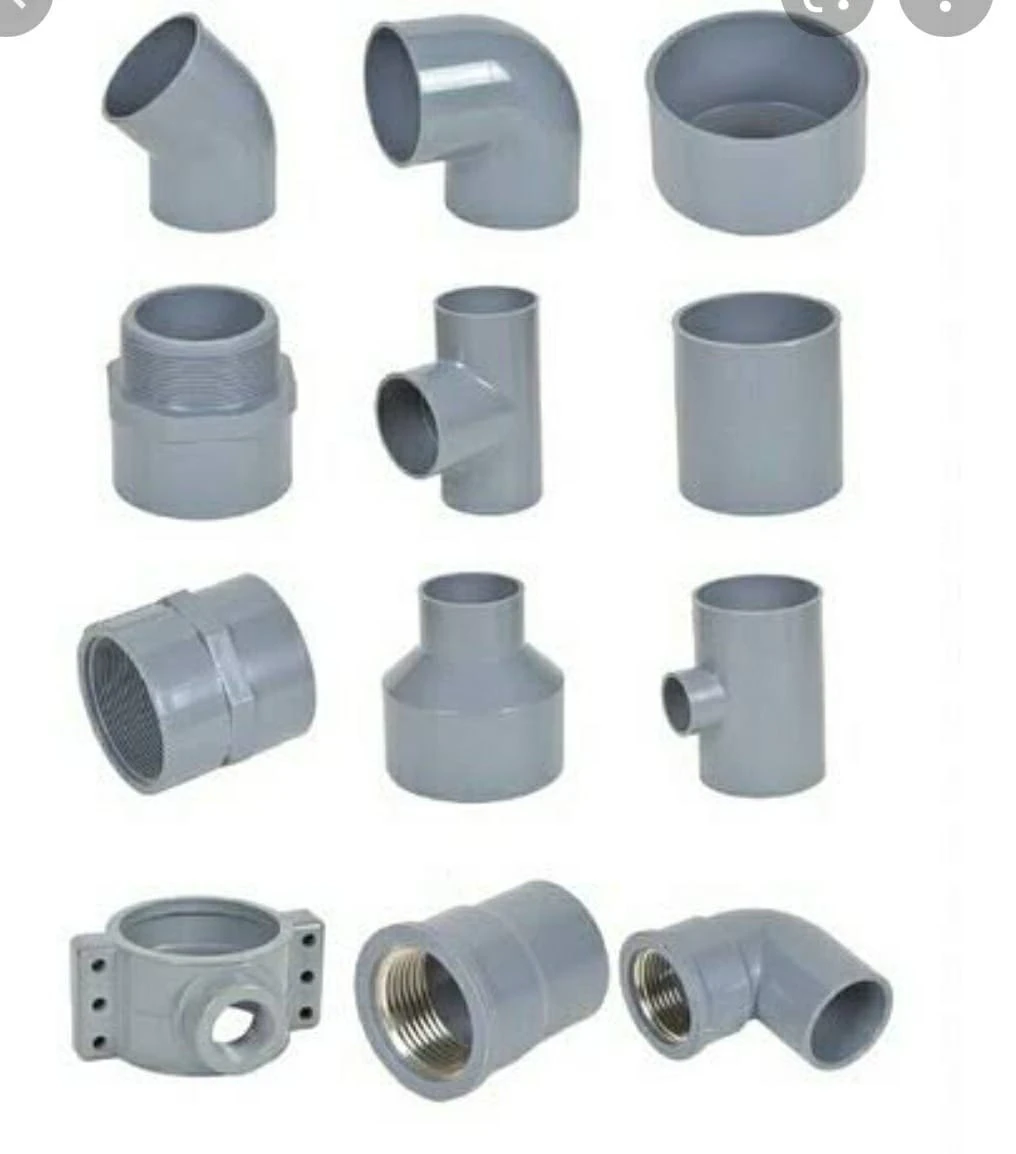Introduction
The plastic pipes industry has evolved significantly over the past few decades, becoming a vital component in infrastructure development worldwide. Among the various categories, large diameter plastic pipes have gained prominence due to their numerous applications in water supply, sewage management, and industrial uses. This article delves into the current landscape of the large diameter plastic pipes industry, exploring market trends, technological advancements, challenges, and future prospects.
Understanding Large Diameter Plastic Pipes
Definition and Specifications
Large diameter plastic pipes typically refer to pipes with a diameter exceeding 12 inches (300 mm). Common materials used in their production include:
- Polyvinyl Chloride (PVC): Known for its durability and resistance to chemicals and corrosion.
- High-Density Polyethylene (HDPE): Valued for its flexibility, strength, and low weight, making it ideal for various applications.
- Polypropylene (PP): Offers excellent resistance to chemicals and high temperatures, used in industrial settings.
Applications of Large Diameter Plastic Pipes
- Water Supply: These pipes are essential for transporting potable water across vast distances, ensuring access to clean drinking water for urban populations.
- Sewage and Wastewater Management: Large diameter plastic pipes are crucial in efficiently managing sewage and wastewater, helping to prevent leaks that could contaminate local water sources.
- Irrigation Systems: In agriculture, large diameter pipes are employed for efficient water distribution, supporting crop growth and sustainability.
- Industrial Uses: Many industries utilize large diameter plastic pipes for transporting chemicals and other materials, thanks to their corrosion-resistant properties.
Market Overview of the Plastic Pipes Industry
Global Market Trends
The global plastic pipes market has been witnessing robust growth. Recent reports indicate that the large diameter segment is a key driver of this trend. Key factors influencing the market include:
- Urbanization: Rapid urban growth necessitates the development of infrastructure, including efficient water supply and sewage systems.
- Government Investments: Many governments are investing in upgrading aging water systems and expanding infrastructure, which boosts demand for large diameter plastic pipes.
Regional Insights
- North America: The U.S. and Canada are experiencing substantial investments in infrastructure projects, leading to increased demand for large diameter plastic pipes.
- Europe: The European market is focusing on sustainability, with a push for recyclable materials and eco-friendly manufacturing processes.
- Asia-Pacific: Rapid industrialization and urbanization in countries like China and India are driving significant demand for large diameter plastic pipes, particularly in construction and irrigation.

Challenges in the Plastic Pipes Industry
Quality Control
One of the primary challenges facing the plastic pipes industry is ensuring consistent quality in materials and manufacturing processes. Variability in quality can lead to premature failures, leaks, and costly repairs.
Regulatory Compliance
The industry is subject to various regulations concerning materials, installation, and environmental impact. Navigating these regulations can be complex and may present barriers for manufacturers, particularly smaller companies.
Environmental Concerns
As plastic waste becomes a growing concern, the industry faces pressure to adopt more sustainable practices. The challenge lies in balancing the benefits of plastic pipes with their environmental impact throughout their lifecycle.
Innovations in the Large Diameter Plastic Pipes Industry
Technological Advancements
Recent innovations in the plastic pipes industry have led to enhanced performance and sustainability. Some notable advancements include:
- Advanced Materials: Research is ongoing to develop new materials that offer improved durability, reduced weight, and enhanced resistance to environmental factors.
- Smart Technology Integration: The incorporation of smart sensors into large diameter plastic pipes allows for real-time monitoring of water flow, pressure changes, and leak detection.
- Manufacturing Improvements: Advances in manufacturing processes, such as extrusion and molding techniques, have led to more efficient production and higher-quality products.
Sustainability Initiatives
To address environmental concerns, many manufacturers are adopting sustainable practices, including:
- Recycling Programs: Establishing programs to recycle old plastic pipes and incorporate recycled materials into new products.
- Biodegradable Alternatives: Research into biodegradable plastics may offer a future solution for reducing plastic waste in the industry.
Future Prospects of the Plastic Pipes Industry
Growth Potential
The large diameter plastic pipes industry is expected to continue growing, driven by several factors:
- Increasing Infrastructure Investments: As governments worldwide prioritize infrastructure development, the demand for reliable water supply and sewage systems will rise.
- Technological Advancements: Continued innovation in materials and smart technologies will enhance the performance and efficiency of plastic pipes.
Integration with Smart Water Management
The trend towards smart cities and IoT integration will likely play a crucial role in the future of the plastic pipes industry. Features may include:
- Real-Time Monitoring: Continuous monitoring of pipe systems to quickly identify and address leaks, reducing water loss and improving maintenance efficiency.
- Predictive Maintenance: Utilizing data analytics to anticipate maintenance needs and prolong the lifespan of pipes, ultimately reducing costs.
Conclusion
The plastic pipes industry is witnessing significant transformation, particularly in the large diameter segment, as it responds to the challenges of urbanization, environmental sustainability, and technological advancements. With increasing investments in infrastructure and a focus on smart technologies, the industry is poised for continued growth. By addressing the challenges of quality control, regulatory compliance, and environmental impact, the large diameter plastic pipes sector can play a vital role in enhancing water management and infrastructure development worldwide.
FAQs
1. What are the primary materials used in large diameter plastic pipes?
The primary materials include polyvinyl chloride (PVC), high-density polyethylene (HDPE), and polypropylene (PP), each offering unique advantages for various applications.
2. How do large diameter plastic pipes contribute to water conservation?
By efficiently transporting water and reducing leaks, large diameter plastic pipes help conserve drinking water and ensure reliable supply to communities.
3. What challenges does the plastic pipes industry face?
Challenges include ensuring material quality, navigating regulatory compliance, and addressing environmental concerns related to plastic waste.
4. What are some recent innovations in the plastic pipes industry?
Innovations include advanced materials, smart technology integration for leak detection, and improved manufacturing processes for better quality and efficiency.
5. How is the market for large diameter plastic pipes expected to evolve?
The market is expected to grow due to increasing infrastructure investments, technological advancements, and the integration of smart water management solutions.


















